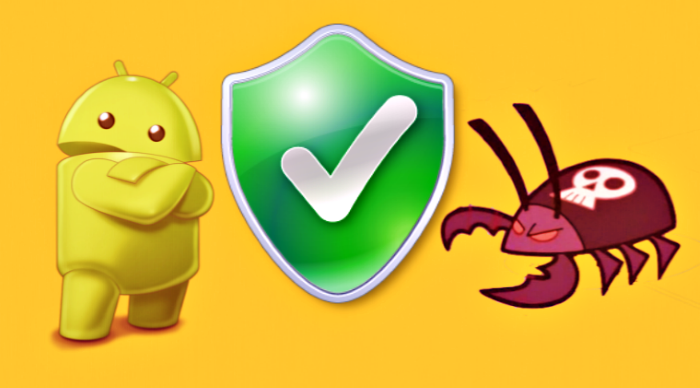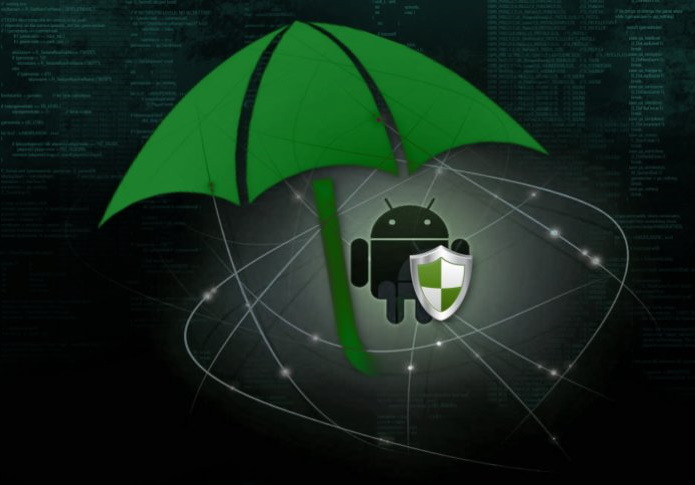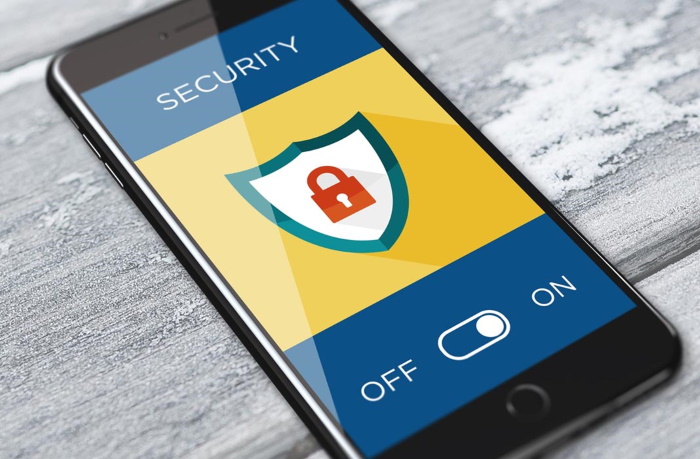We want to believe that the internet is a safe and honest place for all users, but we cannot ignore the fact that online criminals and hackers are trying to create problems. They create problems due to the distribution of malware. You can protect yourself from malware if you know what malware is, how it works, and how you can prevent it. You need to protect yourself from malware.
What is a malware program?
“Malware” refers to any type of software specifically designed to affect a computer. Malware can steal sensitive information from your computer, gradually slow down its operation. It can even send fake emails from your account without your knowledge. Here are some common types of malware you’ve probably heard about:
- virus: a computer program that can copy itself and infects a computer;
- computer worm: a malicious computer program that sends copies of it to other computers through a network;
- spyware: malware that gathers information from users without their knowledge;
- adware: software that automatically plays, displays or downloads advertisements on a computer;
- Trojan horse: a destructive program that claims to be a useful application, but when installed, it affects your computer or steals information.

The spread of malware
Malware infects your computer in several ways. Here are some common examples:
- downloading from the Internet some free software that secretly contains malware;
- downloading legitimate programs that secretly come with malware packages;
- accessing a site infected with malware;
- clicking on a fake error message or a fake pop-up window that downloads malware;
- opening a file attached to the email having malware.
Malware infects your smartphone in several ways, but that doesn’t mean you can’t keep them away from you. Since you now know what malware is and what it can do, we will present some practical steps to protect yourself from malware.
Limit access to files to protect yourself of malware
Some sites and applications allow you to easily share files with other people. Many of these sites and applications offer a low level of protection against malware. If you are downloading or exchanging files using these data-sharing methods, try to identify malware. Often, malware infects the phone in the form of a movie, an album, a game, or a popular program.

Use antivirus software
If you want to download something, it is safe for an antivirus program to scan that file for malware before opening it. Antivirus software allows you to scan your entire computer for malware. It is advisable to run regular computer scans to identify malware early and prevent it from spreading. If your browser, operating system, or applications are out of date, hacker will penetrate our software. Keep your software updated to protect your account.
Update your Android apps
Learn how to update Android apps on Android devices. We recommend that you enable automatic app updates for Android devices to make sure you are always using the latest version.
Note: For information about updating applications on other devices and computers, visit the manufacturer’s support site.
Turn on Google Play Protect. Google Play Protect protects Android devices from harmful applications.
You can uninstall some applications you have installed on your phone. If you remove an app you paid for, you can then reinstall it without having to buy it again. Also, you can disable the received system applications along with your phone.
Note: Some of these steps only work on Android 8.1 or higher
Two fake photo editing apps, which hid MobOk malware, are already deleted from the Google Play store, not before being downloaded 10,000 times already. Kaspersky Lab experts published the news.
Camera Pink
They point out that as soon as users began editing their photos using the Pink Camera, applications were requesting access to notifications, which initiated the dangerous activity in the background.
“Once a victim infected, MobOk malware collected device information, such as the associated phone number, to use that information in the later stages of the attack. The attackers then sent details of web pages with services based on the infected device. They also sent paid subscription and the malware opened them, acting as a secret browser in the background. Using the phone number obtained earlier, the malware entered it in the “registration” field and confirmed the purchase, as it had full control over the device. The malware could check notifications, malware key in the SMS confirmation code when entering. Everything happens without notifying the user. The victim was beginning to bear the costs until they noticed the payments on the phone bill.

Kaspersky verdict
They point out that as soon as users began editing their photos using the Pink Camera, applications were requesting access to notifications. It actually initiated the dangerous activity in the background.
“Once a victim was infected, MobOk malware collected device information, such as the associated phone number, to use that information in the later stages of the attack. The attackers then sent details of web pages with services based on the infected device. We are talking about paid subscription. The malware opened them, acting as a secret browser in the background. Using the phone number obtained earlier, the malware entered it in the “registration” field and confirmed the purchase, as it had full control over the device. It could check notifications, malware key in the SMS confirmation code when entering – all without notifying the user.
The victim was beginning to bear the costs until they noticed the payments on the phone bill .
Both Android and iOS phones are in danger. Smartphone users’ personal data is in danger after hackers invented new ways to exploit security breaches.
What’s worse is that many of the attacks are undetectable. Knowing how malicious people act, a knowledgeable user might take steps to secure their mobile device and back up all important data.
If your browser, operating system, or applications are out of date, the software may not be protected from hackers. Keep your software updated to protect your account.
Smartphone in danger
Both Android and iOS phones are in danger. Smartphone users’ data is in danger after hackers invented new ways to exploit security breaches. What’s worse is that many of the attacks are undetectable, but knowing how malicious people act, a knowledgeable user might take steps to secure their mobile device and back up all data important.
If your browser, operating system, or applications are out of date, the software may not protect itself from hackers. Keep your software updated to protect your account.

